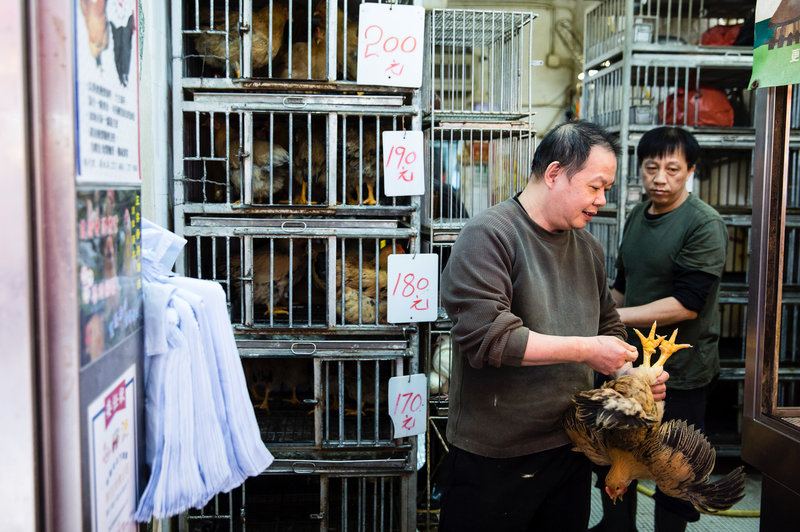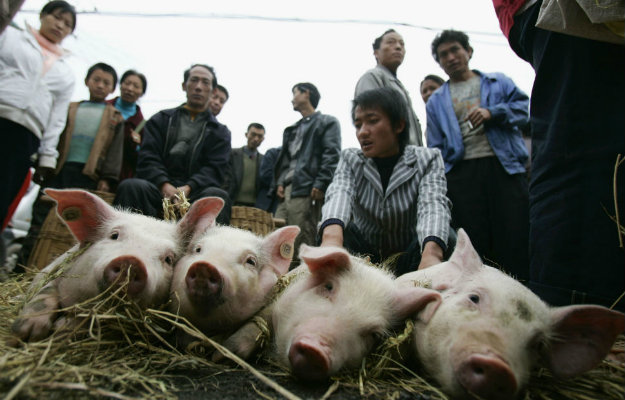You are here
Surveillance and Situational Awareness Pan Flu and Resilient Communities
Primary tabs
Fri, 2009-06-26 23:12 — admin
<a href="http://spielautomatentrick.de">Spielautomaten</a> <a href="http://geldschnell.de">Geld verdienen</a>
General Topic Tags:
Problem, Solution, SitRep, or ?:
Group:
Group description:
Collaborative to improve the surveillance and situational awareness tools used in a pandemic.
Group visibility:
Public - accessible to all site users
Add Content to this group
Members
| gpappas | jranck | Mika Shimizu | rwelborn |










Recent Comments